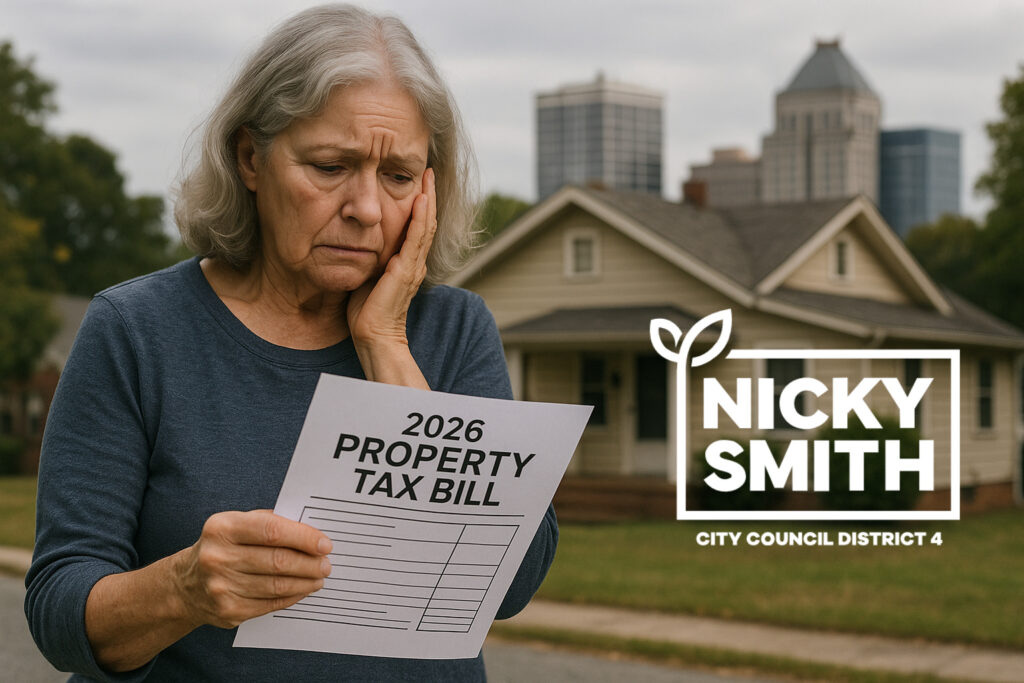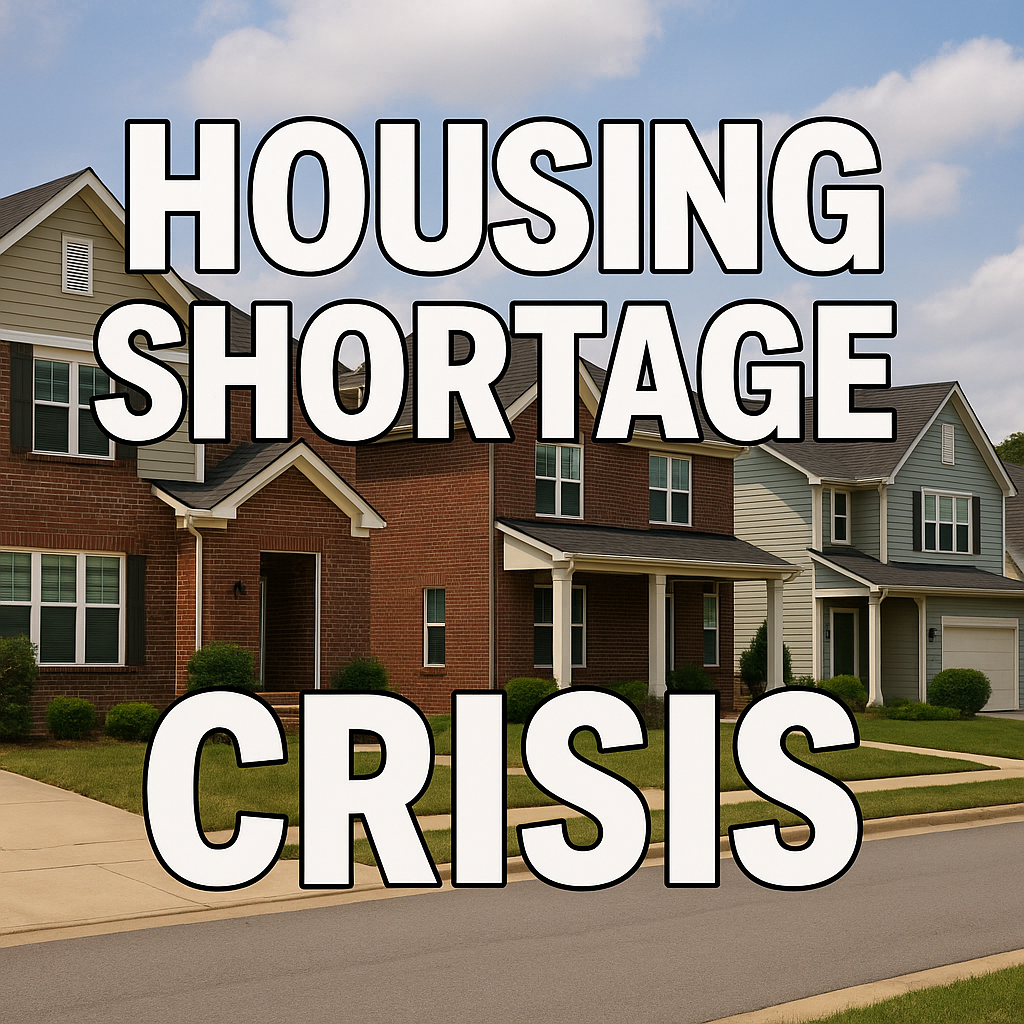The American Dream is Under Attack in Greensboro – And I Have a Plan to Save It

When I bought my first home here in Greensboro thirty-five years ago, I never imagined I’d be writing about how property taxes are crushing families’ dreams of homeownership. Last month, I sat across from a young couple who’d been saving for three years to buy their first home. When their lender ran the numbers including projected property taxes, they realized they couldn’t afford it. ‘We might have to move to High Point or Winston,’ she told me, tears in her eyes. That conversation haunts me because I know they’re not alone. Runaway property taxes don’t just hurt current homeowners – they’re destroying the pathway to homeownership for an entire generation.
Breaking the Housing Bottleneck: A Vision for Greensboro’s Future

Greensboro stands at a critical crossroads. With 65,000 to 70,000 new jobs coming to our city, we have an unprecedented opportunity for growth and prosperity. Yet we face a fundamental challenge that threatens to derail this economic boom: our inability to build housing fast enough to accommodate the workers who will fill these positions.
The numbers tell a sobering story: a single-family housing community in Guilford County takes two full years just to get approved—two years before a single shovel hits the ground. Meanwhile, starter homes now cost $400,000, and excessive regulations are adding an estimated $25,000 to each new home. We’re not just failing to build the 10,000 new homes our community desperately needs; we’re pricing out the very families we claim to want to help.
The solution isn’t a mystery—it’s sitting right in front of us, buried under layers of bureaucratic red tape. While other cities embrace 45-day permitting timelines and innovative solutions like third-party inspections, Greensboro’s Planning and Zoning committee and city staff have become the primary bottleneck preventing our growth. With my business experience in streamlining operations and eliminating inefficiencies, I know exactly how to fix this broken system and unlock Greensboro’s housing potential.
Breaking the Housing Crisis: Smart Solutions for Working Families

The Reality on the Ground. Grace Clifford, a local real estate broker, captures the urgency perfectly: homes under $300,000 are disappearing within hours of hitting the market. Families are making offers sight unseen, with inspectors walking through homes because buyers have less than 24 hours to decide. This isn’t a healthy market—it’s a crisis that demands immediate action. As someone who has spent 45 years building businesses and solving complex problems, I understand that effective solutions require leadership that can work with all stakeholders—developers, builders, city planners, and residents—to create real pathways to homeownership.
